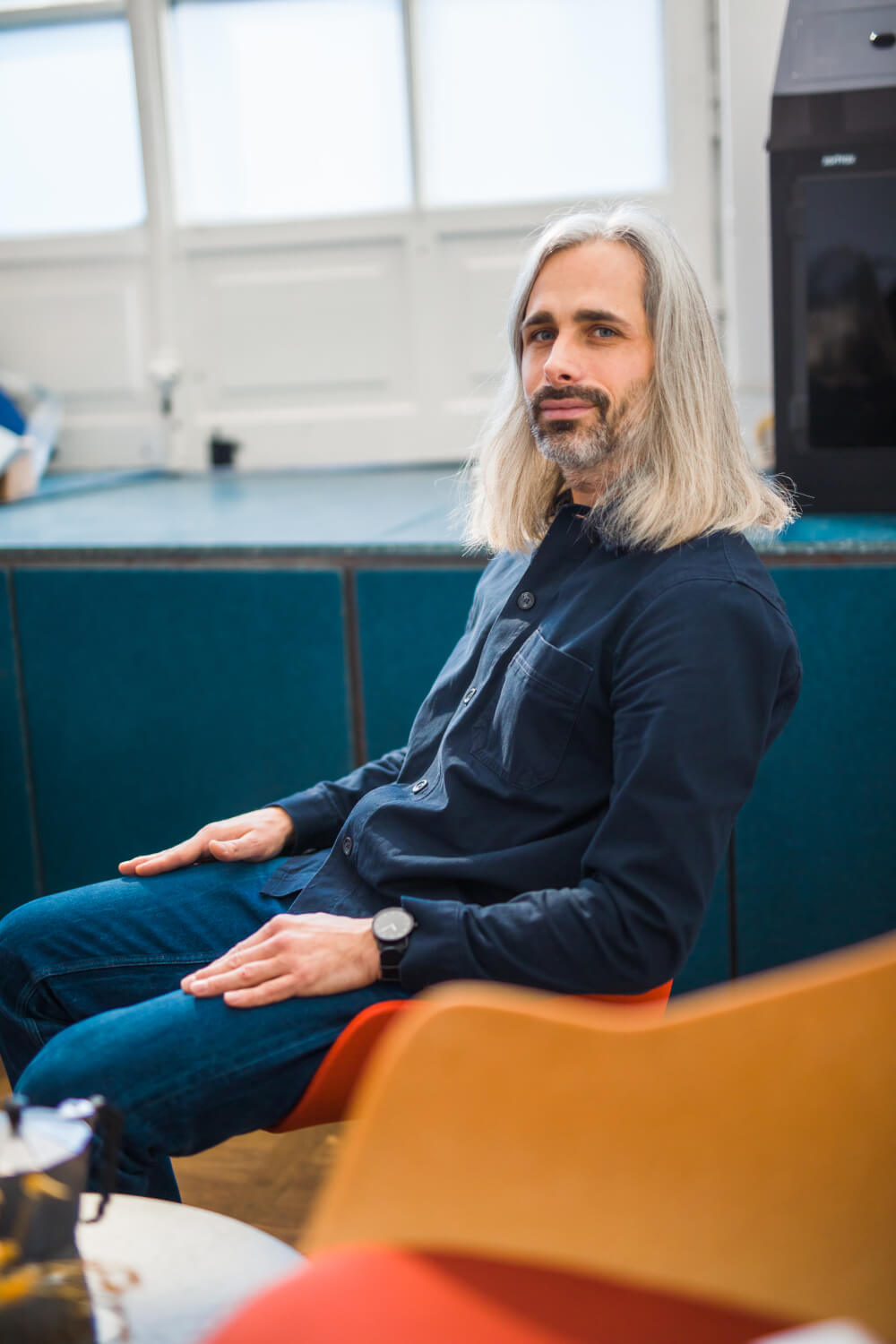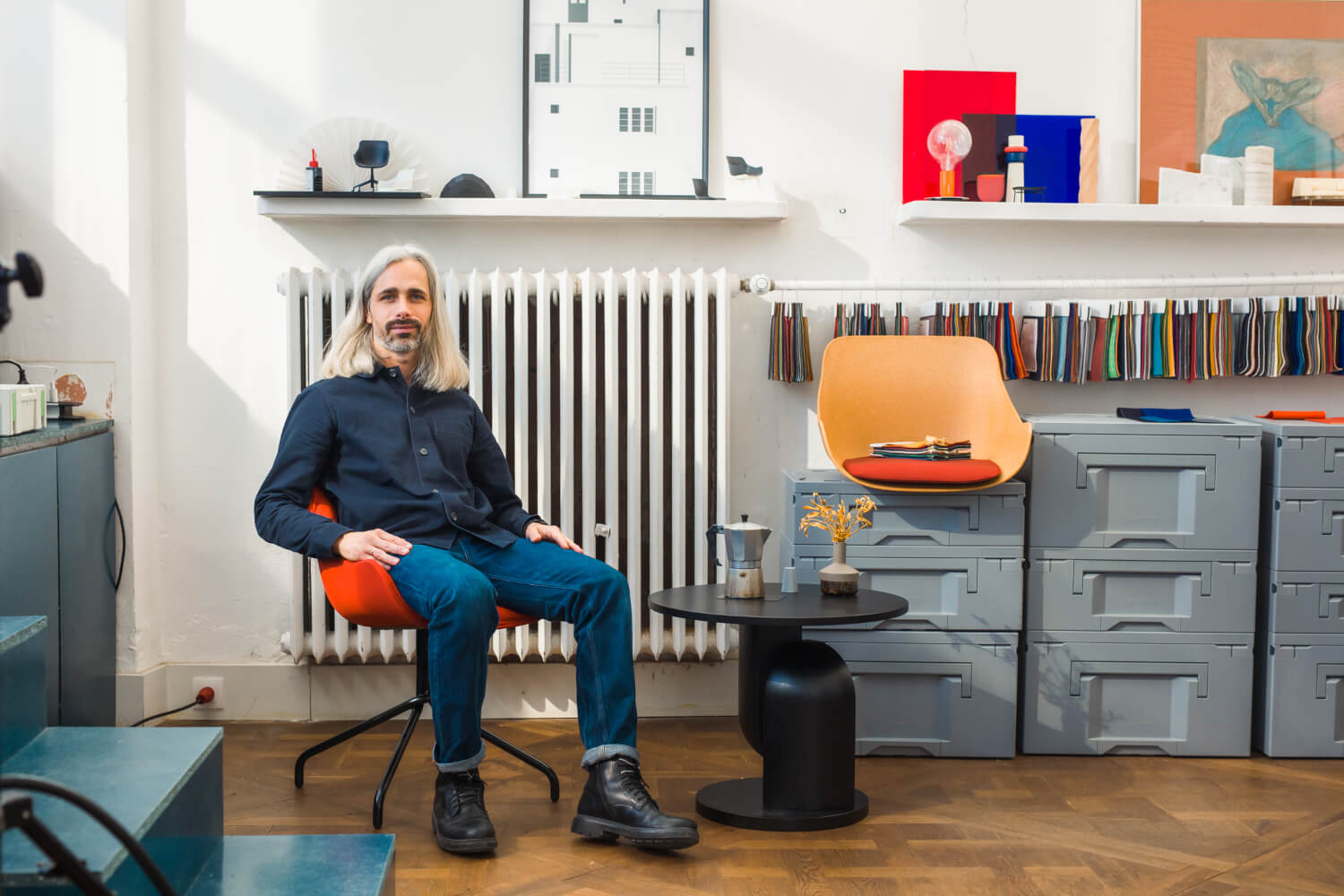
As a hands-on designer, my work process combines full-scale models and prototypes with technology research and advance cad modelling. This methodical approach is focused on revealing the essence of each design. I believe experiencing the product is the only way to develop valuable furniture. Fundamentally, I look at design as an exercise in creating value.
What was the idea behind Baltic 2 chairs?
The Baltic 2 chair is the newest creation of my years-long cooperation with .mdd, a result of latest injection moulding technology implemented in the factory. The product is a result of the last six years of ongoing discussion and dialog about what products are worth implementing. The dynamic growth of the factory is a source of inspiration for me. The form of the furniture I design requires the technology that the factory provides. It results in changes in the collections, new products, new materials and different production technologies used in the designs.
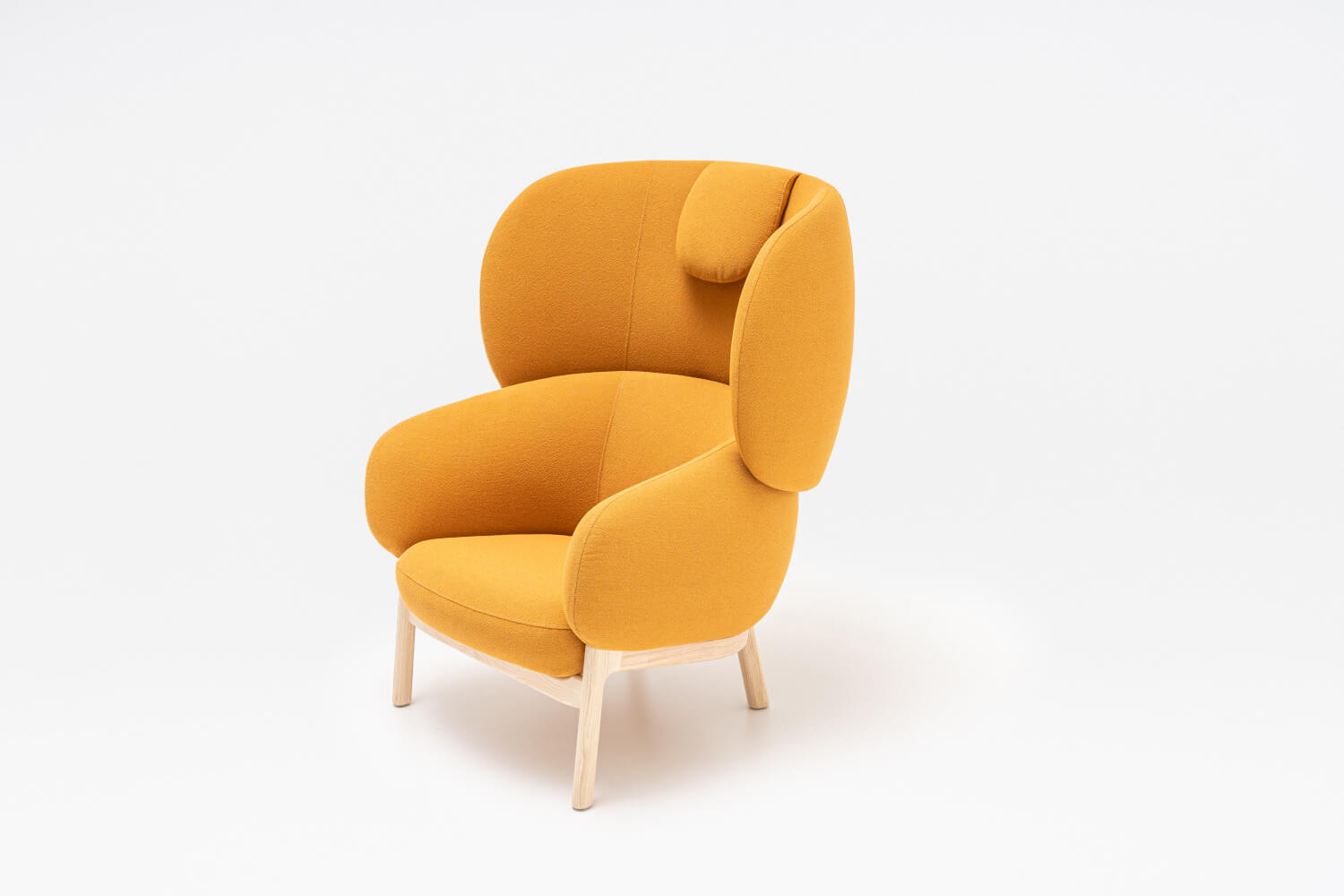
What drives you while designing furniture?
My intentions in designing furniture revolve around comfort and aesthetics that stimulate wellbeing. My goal, as the designer, is for the user to willingly choose my furniture. They must attract with the form and appearance, but it has to verify with the comfort of use. As a result, my designs are characteristic and unique, but at the same time they are grounded in the everyday life. The form is never the priority – the function is much more important.
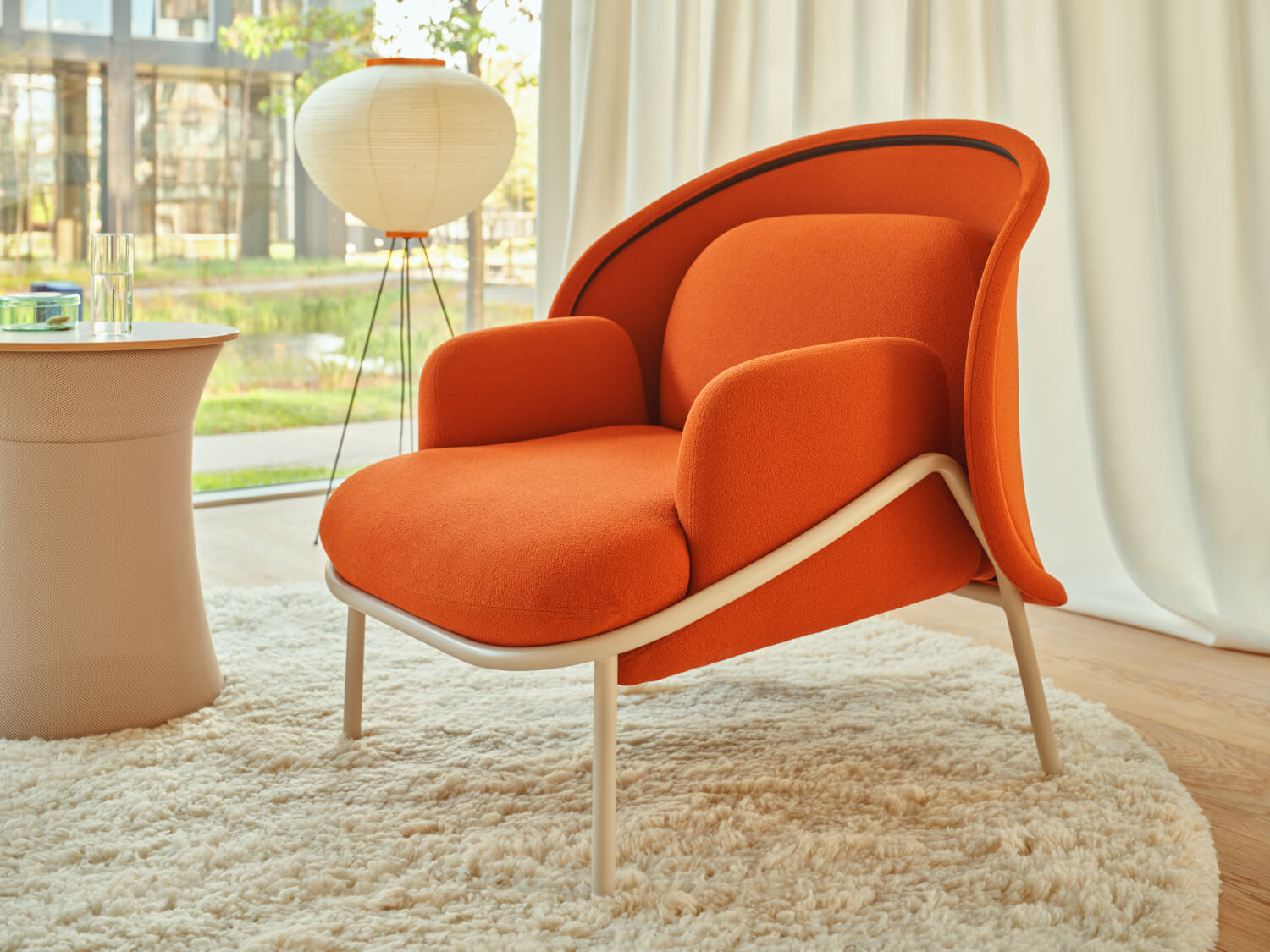
What were the features you wanted Baltic 2 to have?
In the case of the Baltic 2 chair, we wanted a product that would be versatile in use, which is why we have presented several finishes and bases for different spaces. By choosing the materials, the form can be matched to the context and the function you want it to have. Therefore, each Baltic 2 can be tailored for the needs of the user. It is also a chair for various spaces: offices, homes, gastronomy, even outdoors. Apart from that, we wanted to use recycled materials from production and new materials. Our goal was also to enable it to be easily dismantled and recycled in the future. Baltic 2 was created based on above assumptions, but also with the awareness that there are many shell chair products on the market. So Baltic 2 has to be well thought through in terms of ergonomics, but also differentiate itself with a distinctive look.
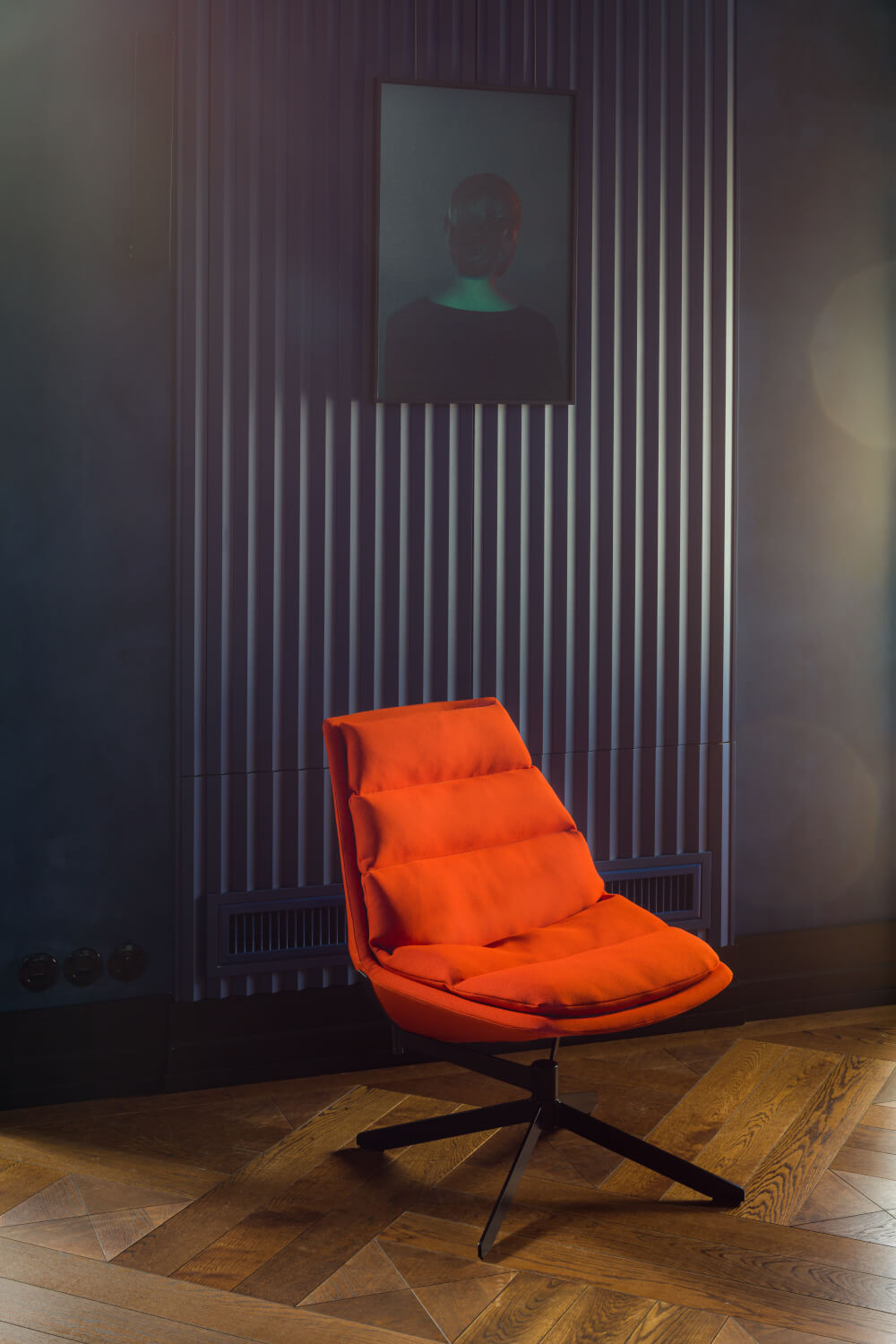
What was your design process with the Baltic family?
My design process is based on 3D modelling and manual work, I stay close to the technology and often use the newest innovations in my work. However, I work mainly manually, with both replacement (paper, Styrofoam, resin) and final materials. I usually start working in a 3D program to quickly check the initial idea. Then I print the model in scale. The models are basic verification of the furniture size, but more importantly of initial comfort. The real verification of the concept comes with a 1:1 scale model, which I often build in the workshop in the studio.

What is the most important part of the design work for you?
Physical contact with the material is extremely important to me. Often the model is sculpted in polystyrene without any previous moulds. This is a purely sculptural approach that I have taken from my parents’ sculptural background. This way has an advantage at the stage of working with fabrics and upholstery, refining the details. Also, the quality of the finished piece is a result of my personal care for each design. The technological process combined with craftsmanship attention provides the perfect fit of all the elements and a well-conceived form of the furniture. Such form reflects the function of the product, allowing for testing of its proportions, comfort and functionality.
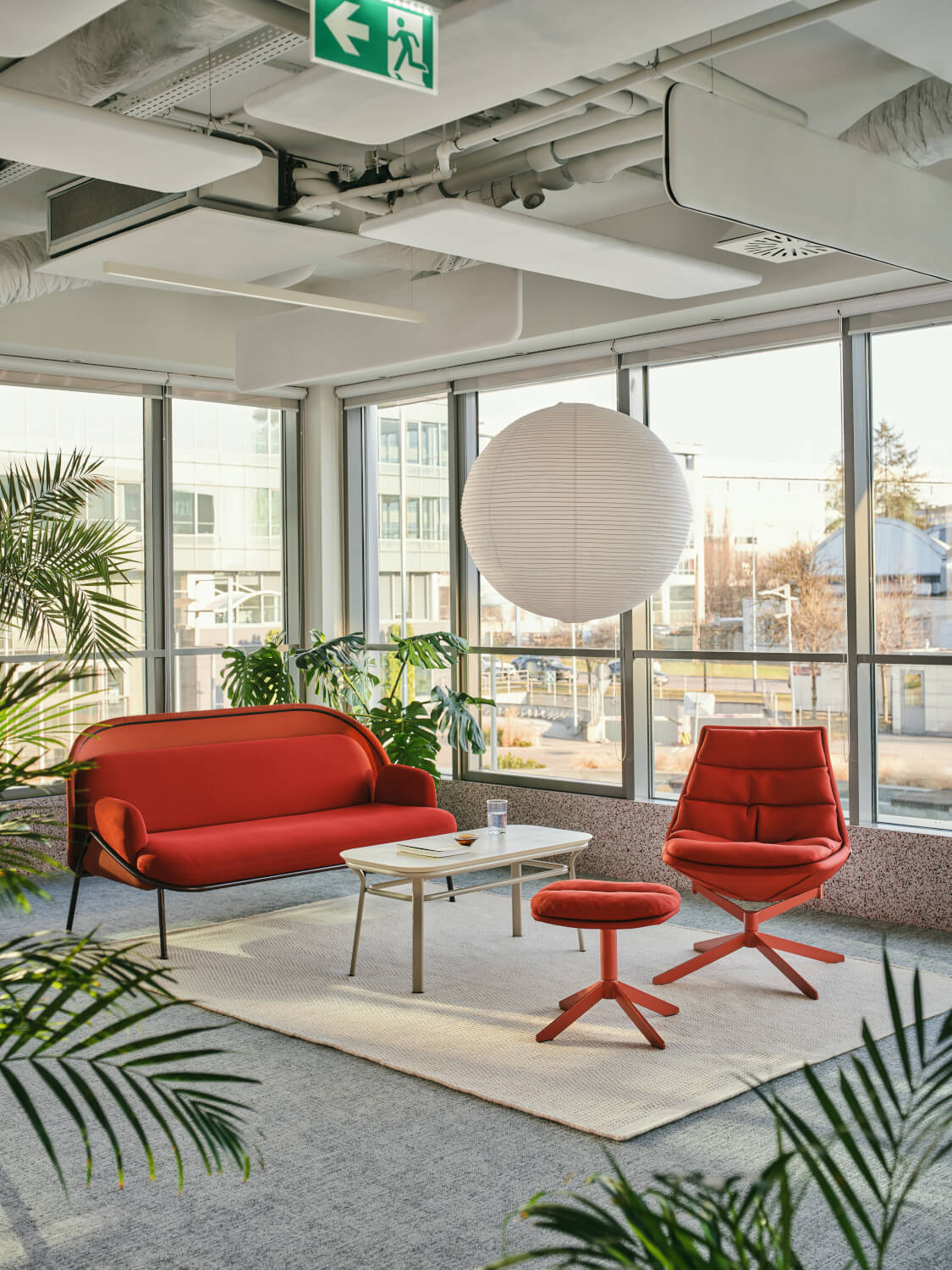
How are Baltics produced?
In the .mdd factory, even the mass produced pieces are full of personal care and attention. An employee assembles all components and finishes every piece of furniture with their own hands and with care. This human approach has its imprecisions, but enables for the furniture to be well tailored. This personal attention to detail and care for each individual product are essential to combine all elements and refine all parameters to create a good piece of furniture. That’s where the future satisfaction of the user comes from.
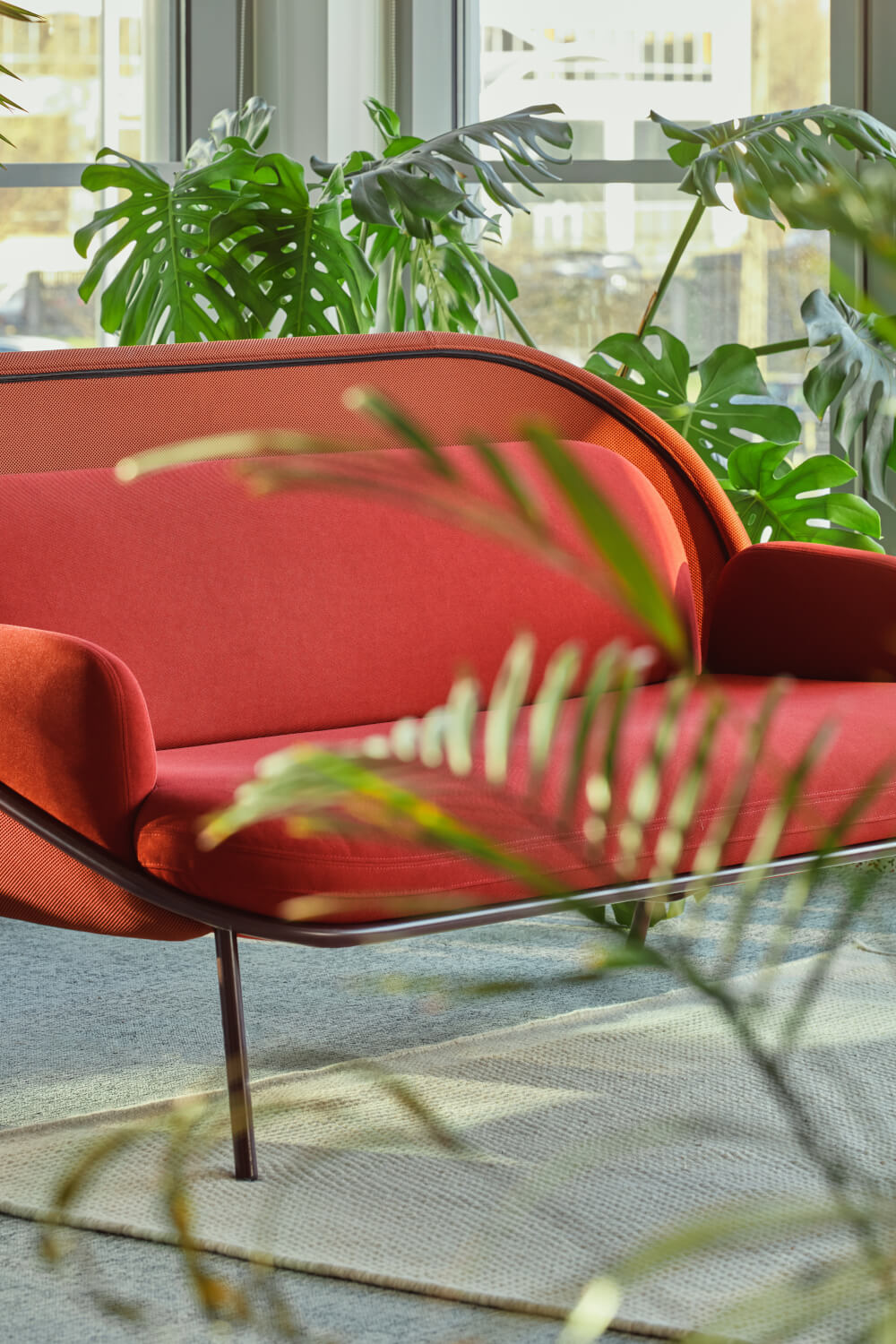
Is that the end of the Baltics’ journey?
Each of my designs, in this case a Baltic chair, has its own life, that does not end with the prototype. It has to constantly grow and excel. I am constantly working to refine them, even after my designs are implemented for production and for sale. Every time I see my furniture in showrooms or on photo shoots, test their comfort and function, in order to improve their parameters, material and the technology. And to make sure they as comfortable as possible.
